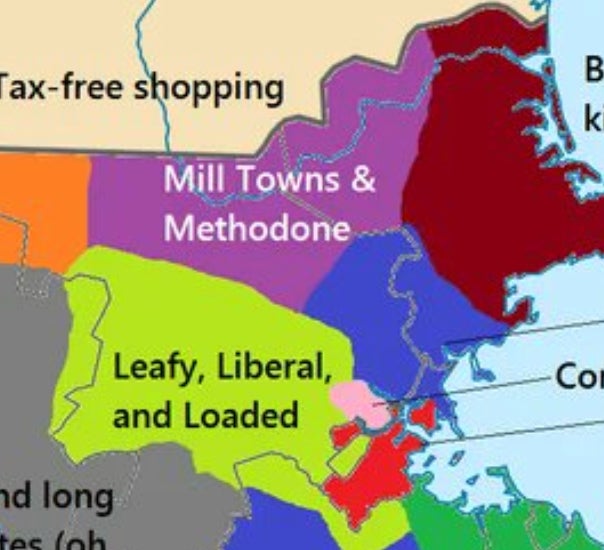A very Happy Thanksgiving salutation to all of our Great American Citizens and Patriots who have been so nice in allowing our Country to be divided, disrupted, carved up, murdered, beaten, mugged, and laughed at, along with certain other foolish countries throughout the World, for being “Politically Correct,” and just plain STUPID, when it comes to Immigration.
The official United States Foreign population stands at 53 million people (Census), most of which are on welfare, from failed nations, or from prisons, mental institutions, gangs, or drug cartels.
They and their children are supported through massive payments from Patriotic American Citizens who, because of their beautiful hearts, do not want to openly complain or cause trouble in any way, shape, or form.
They put up with what has happened to our Country, but it’s eating them alive to do so! A migrant earning $30,000 with a green card will get roughly $50,000 in yearly benefits for their family.

The real migrant population is much higher. This refugee burden is the leading cause of social dysfunction in America, something that did not exist after World War II (Failed schools, high crime, urban decay, overcrowded hospitals, housing shortages, and large deficits, etc.).
As an example, hundreds of thousands of refugees from Somalia are completely taking over the once great State of Minnesota.
Somalian gangs are roving the streets looking for “prey” as our wonderful people stay locked in their apartments and houses hoping against hope that they will be left alone.
The seriously retarded Governor of Minnesota, Tim Walz, does nothing, either through fear, incompetence, or both, while the worst “Congressman/woman” in our Country, Ilhan Omar, always wrapped in her swaddling hijab, and who probably came into the U.S.A. illegally in that you are not allowed to marry your brother, does nothing but hatefully complain about our Country, its Constitution, and how “badly” she is treated, when her place of origin is a decadent, backward, and crime ridden nation, which is essentially not even a country for lack of Government, Military, Police, schools, etc. Even as we have progressed technologically, Immigration Policy has eroded those gains and living conditions for many. I will permanently pause migration from all Third World Countries to allow the U.S. system to fully recover, terminate all of the millions of Biden illegal admissions, including those signed by Sleepy Joe Biden’s Autopen, and remove anyone who is not a net asset to the United States, or is incapable of loving our Country, end all Federal benefits and subsidies to noncitizens of our Country, denaturalize migrants who undermine domestic tranquility, and deport any Foreign National who is a public charge, security risk, or non-compatible with Western Civilization.
These goals will be pursued with the aim of achieving a major reduction in illegal and disruptive populations, including those admitted through an unauthorized and illegal Autopen approval process.
Only REVERSE MIGRATION can fully cure this situation. Other than that, HAPPY THANKSGIVING TO ALL, except those that hate, steal, murder, and destroy everything that America stands for — You won’t be here for long!



 Definitely NOT New England
Definitely NOT New England Hippie farmers
Hippie farmers Annexed Territory of the Evil Empire
Annexed Territory of the Evil Empire THERE BE DRAGONS HERE
THERE BE DRAGONS HERE
 Boston And Friends
Boston And Friends Townies & Immigrants
Townies & Immigrants Witches, fishermen, and quaint-ass towns
Witches, fishermen, and quaint-ass towns Gillette Stadium
Gillette Stadium Questionably New England
Questionably New England White Florida
White Florida
























